You Might Be 50 Years Old, However Your Mind Is Much Older
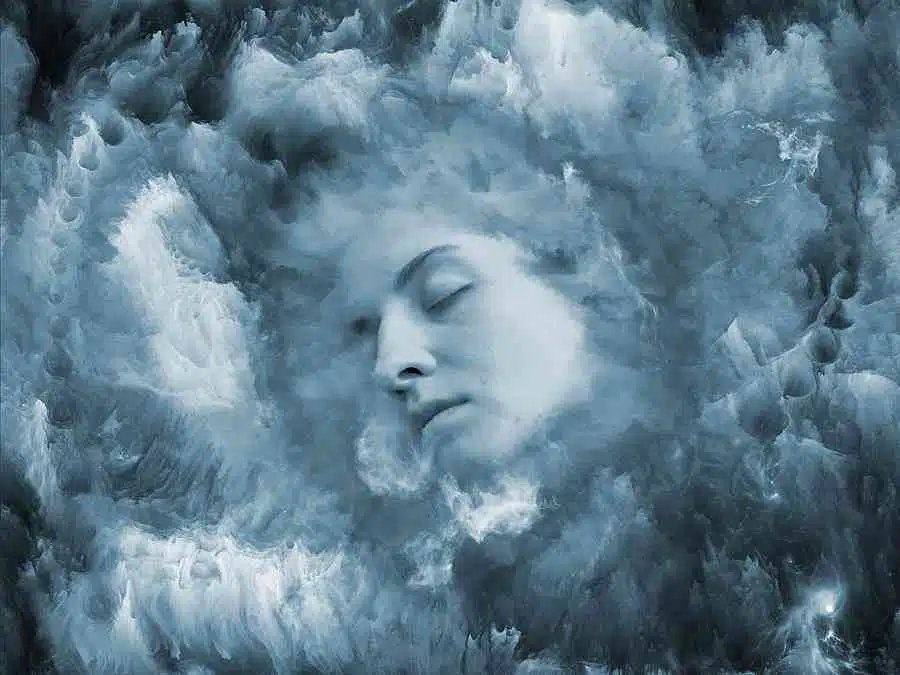
You may be in your 50s or older, but did you know that your mind could be thousands of years old?
We all know that we inherit certain traits from our parents or even grandparents.
But recent studies have shown that our behaviours, traits etc, may originate from our ancestors, hundreds of thousands of years ago.
The almost universal fear of spiders and snakes
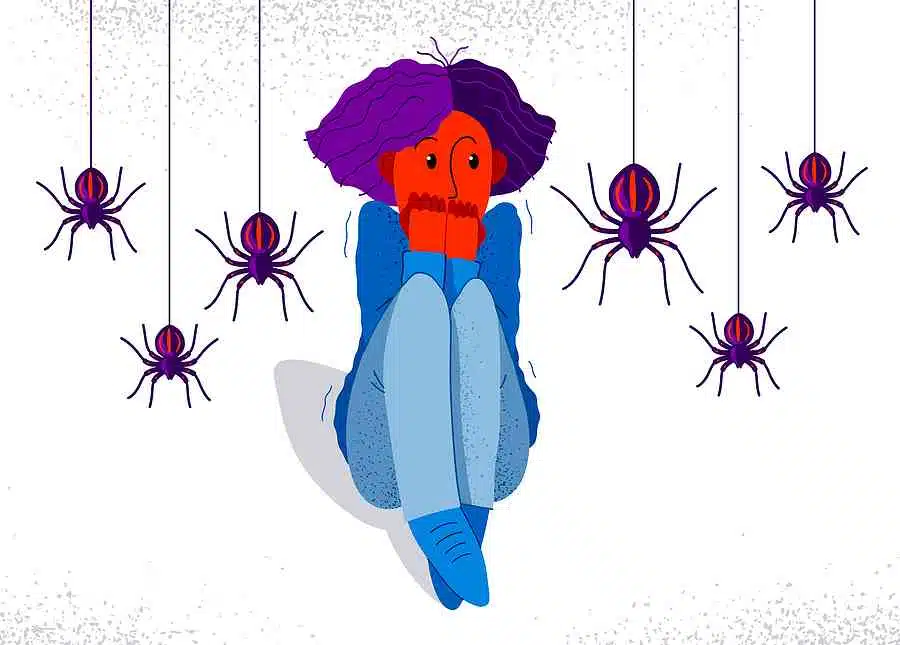
For example, why do millions of us jump when we see something that resembles a spider moving, even in the corner of our eye?
That’s not a behaviour that we necessarily inherited from our parents – that reaction is believed to be a learned behaviour from our ancestors who lived many thousands of years ago.
Studies in Germany showed that six-month-old babies show a stress reaction when faced with a spider or snake.
Clearly a six month old baby has had little opportunity to learn that these animals can be dangerous… so the reaction is coming from something very primitive.
Many scientists do believe that reactions like these are induced from birth, and have been embedded in the brain for an evolutionarily long time.
Similar to primates, mechanisms in our own brains enable us to quickly identify objects as a spider or snake and to react to them very fast.
Our Developed Fear Of Heights
Fear of heights is another very common phobia. How did this evolve?

In the 60s, scientists experimented to test the commonality of this fear. They allowed infants and baby goats to walk onto a transparent surface, simulating walking over a cliff.
Neither the goats nor humans were keen on walking onto the surface and putting gravity to the test.
They concluded that this had to be evolution at work, as having a fear of heights is useful for most land-dwelling animals.
It’s not a good idea to stand close to precipices if you can’t fly. So it makes evolutionary sense why we would be born afraid of heights.
Where Did We Get Our Fear Of Blood?
There is a large percentage of the population who will faint at the sight of blood. It seems to be an automatic fear response.
At first glance, it doesn’t seem to be too clever. For example, our ancient ancestors in battle, surely would not have done themselves any favours by fainting at the sight of blood.
Scientists have long been puzzled by the phenomenon whereby many of us faint at the mere sight of blood.
However, in recent times, the hypothesis is that the sight of blood, tens of thousands of years ago, may have in fact, descalated a battle or conflict. As by fainting, we are no longer seen as a threat to the enemy and therefore might survive the battle.
What Are These Genetic Memories?
Some psychologists are now studying an area called genetic memory, which are memories we’re born with.
Memories we have before we’ve ever experienced the world – and are somehow incorporated into our genes over time.
One of the ways we see this is in mice. In a 2013 study, mice were trained to fear the smell of a chemical called acetophenone.
They did this by releasing the smell into the cage just before giving them small electric shocks.
The mice quickly learned that whenever they smelled acetophenone, it was a sign that they were about to be electrically shocked, to the point where they would shake in fear whenever they smelled the chemical.
Incredibly, scientists found that when these mice had babies, these babies had somehow inherited their fear of the same smell, even though they had never smelled or come in contact with acetophenone in their lives.
Even more bewildering was the fact that a third generation of mice, their grandchildren, also inherited this reaction to the same smell.
This strongly suggests that these memories and fears were somehow being passed on through their genes into future generations.
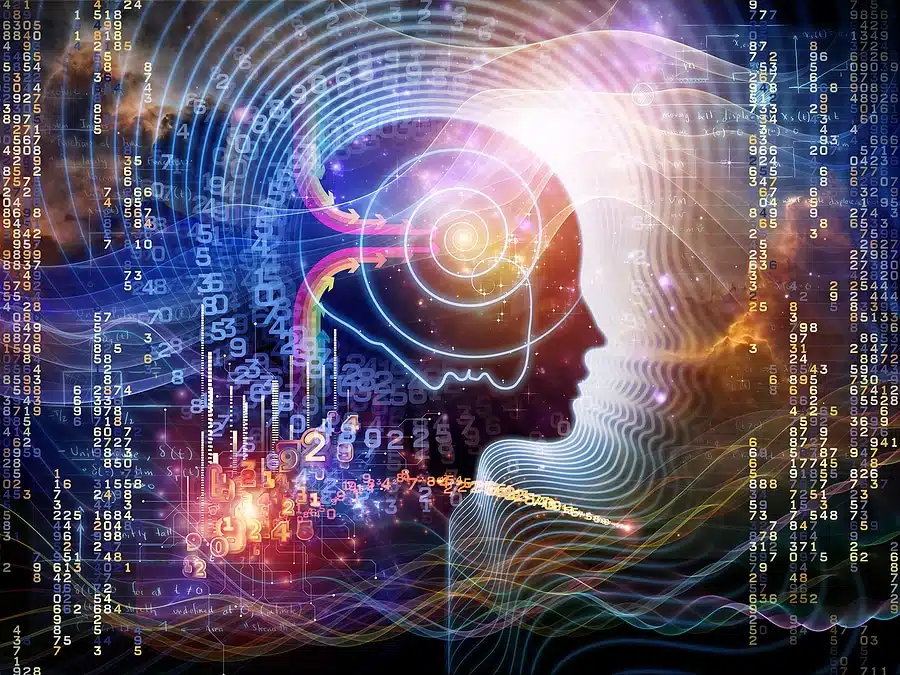
The Holocaust Phenomenon
A similar effect was found in a controversial 2015 study of Holocaust survivors, which found that the tremendous stress experienced from people who lived through the Holocaust may have been passed on to their children.
Even though these children never experienced the Holocaust themselves.
This study definitely has its critics, and the question for many sceptics is how these memories could be stored.
Our traditional understanding is that memories are formed through networks of cells called neurons in the brain. But researchers are discovering a new kind of memory that’s stored within the nucleus of these cells, deep within our DNA.
This raises another question. If there is such a thing as genetic memory, what part of the genome codes for it?
Science doesn’t yet have an answer. We haven’t yet discovered the purpose of many segments of our genetic code.
There’s an estimated 20,000 to 30,000 genes that make up the human genome.
In the past, they’ve been dismissed as junk DNA, however, some of these segments may contain genetic memory.
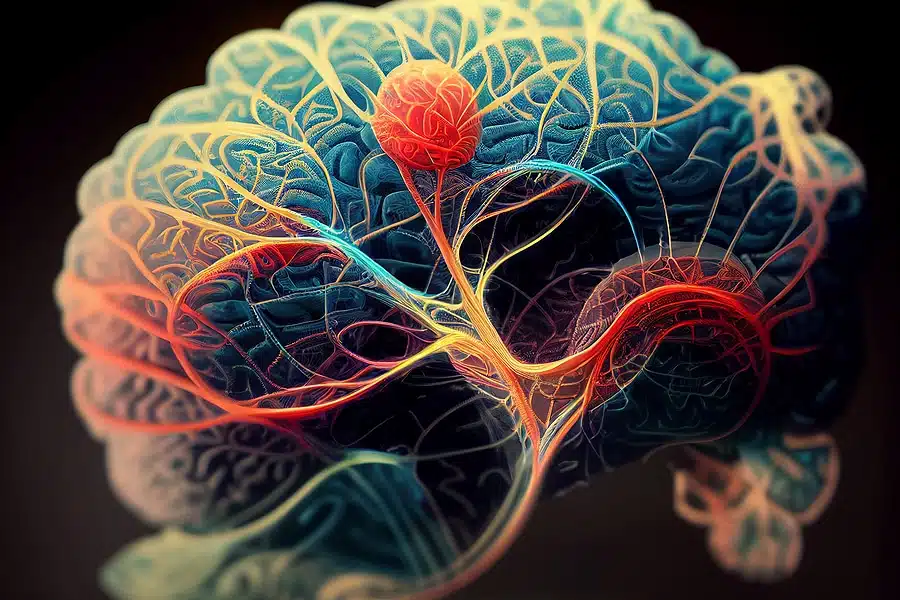
The theory of genetic memory has been proposed before
It all might seem like a new idea, but it’s not. The idea of a collective memory that’s passed on from our ancestors, can be traced to one of the most influential psychologists in history, Carl Jung.
As a psychiatrist by training, Jung would go on to create his own approach to psychoanalysis, called analytical psychology.
Before Carl Jung, the dominant theory put forward by psychologist Sigmund Freud was that the mind was made up of two main parts – a conscious mind, which consists of all the things we’re aware of; including the ego.
And an unconscious mind, which is made up of all the things we aren’t aware of – a repository of repressed emotions and desires.
Freud believed that when we experience something very disturbing or upsetting, those memories are pushed away into the unconscious mind, where they’re hidden from our conscious awareness, but continue to influence our actions.
This, he argued, was a psychological defence mechanism, which he called repression.
Jung later however, once described a dream where he was on the top floor of a house, which was filled with beautiful paintings.
He then went down to the main floor of the house, which was much older. The furniture was medieval and dark. As he looked closer at the floor, he found a small door which led into the basement.
When he descended those steps, he saw piles of bones, broken pottery, and two human skulls on the ground.
Jung believed that the house and the dream represented the human mind, and each floor was a different level of consciousness.
The upper floor represented our conscious mind. The ground floor symbolized the unconscious mind, and then down deep in the basement lay the most fundamental (or primal) level of all, that part of the mind that stores those collective memories of our ancestors.
Jung called this part of the mind the collective unconscious.
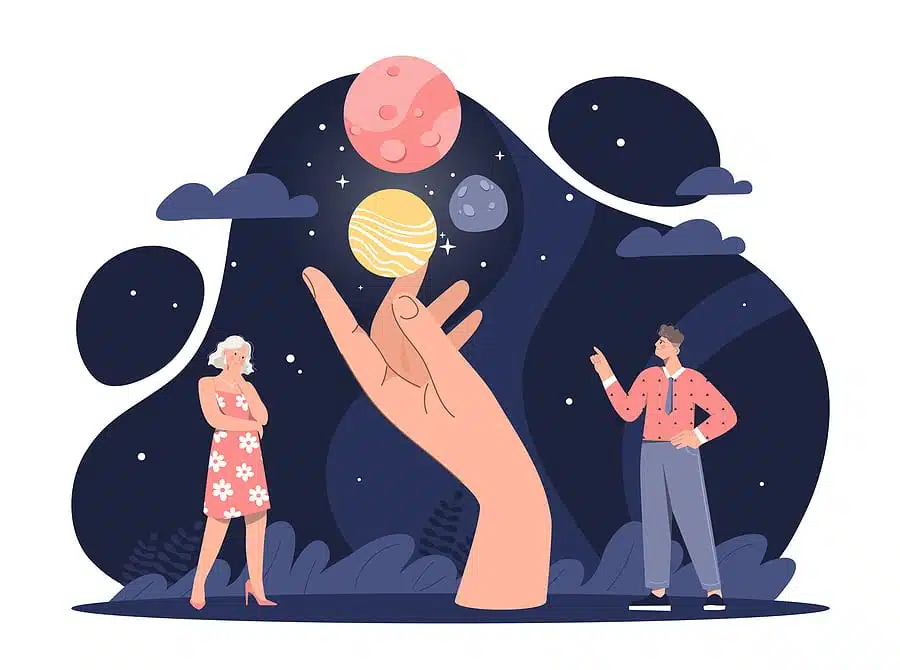
What Is The Collective Unconscious?
We can think of it as a kind of universal human memory, a storehouse of symbols and imagery, derived from eons of history and evolution.
We inherit the collective unconscious from our ancient ancestors, and it’s common to every person and every culture in the world.
It’s a part of the mind that we all have available to us, and we can all tap into.
Jung saw within the collective unconscious, the potential for reaching our highest selves. He sometimes referred to this as the two-million-year-old mind that’s in all of us.
Jung describes working with mentally ill patients who would suddenly produce startling imagery and symbols that were remarkably similar to those of distant cultures and religious traditions that they couldn’t possibly have come in contact with.
His patients never travelled outside of Switzerland, and they were never exposed to these ideas.
It was here that he began to form the idea of the collective unconscious.
Jung maintained that the collective unconscious was made up of psychic structures that are universal, that form all the elements of human experience, and are expressed as recurring patterns that shape our lives.
He called these patterns, archetypes.
But another key implication is that archetypes are also an important part of our personal growth and self-development.
We see this in one of the most important archetypes, what Jung called the persona.
The Development Of Our Persona
The persona is that mask we all wear when we interact with others socially.
It represents how we want to be seen and understood by others.
Someone’s social media profile, their Facebook picture, or their Instagram account ,are fairly good indications of the image they want to project into the world.
The persona isn’t a bad thing. It’s part of maintaining a healthy psyche, because we all have to take on different social roles in order to survive in the world.
The other side to the persona is what Jung referred to as the shadow archetype. The shadow is a part of the mind that represents what we often consider to be our negative side.
It’s made up of all the parts of ourselves that we don’t want to identify with.
Often it’s because we’re ashamed of these qualities, and for that reason, these are the aspects that we try to hide, even from ourselves.
And because of this, the shadow remains unconscious, but it still influences our actions.
Recognise What Lies In Your Shadow
You shouldn’t necessarily be afraid of what lies in your shadow. It can have evolutionary benefits.
To see this, let’s imagine someone who thinks it’s never okay to be angry. He associates being a good person with being nice. He negatively judges people who express anger as having a bad temper.
The problem is that there are situations in life where anger is an appropriate response to have.
For example, when seeing injustice or watching an innocent person being victimized. In these situations, if we can’t harness the side of ourselves that channels raw emotions like anger, then we leave it open for unethical people to take advantage of us.
However, incorporating aspects of the shadow, like anger, into our personality makes it possible for us to stand up for ourselves and apply measured aggression, as a last resort, if all else has failed.
So Your Mind May Be Older Than You Think
So there you have it, all these fears and traits that seem to be inherent in many of us, perhaps are not a result of our parents or our upbringing, but lie deep in the human psyche. A result of thousands of years of development and evolution.
As you have probably realized, a fear of snakes or a fear of heights, is something that is pretty difficult to conquer. And the reason most likely being is that it is a protective action coming from a deeply primal level.
Embark on a celestial journey and discover the wonders of astronomy, proving that age is no barrier to exploring the cosmos. Unleash your curiosity and engage your mind with the timeless fascination of stargazing on LifeOver50
So the next time you jump at the sight of a spider, think of your ancient cave-dwelling ancestors!






Fear of height is really interesting as I have been experiencing it myself since couple of years. I’m not 56 years old and for the past 3-4 years, I avoid fly over even if I have to take long detour…. Escalators becoming horror too so I choose elevators.